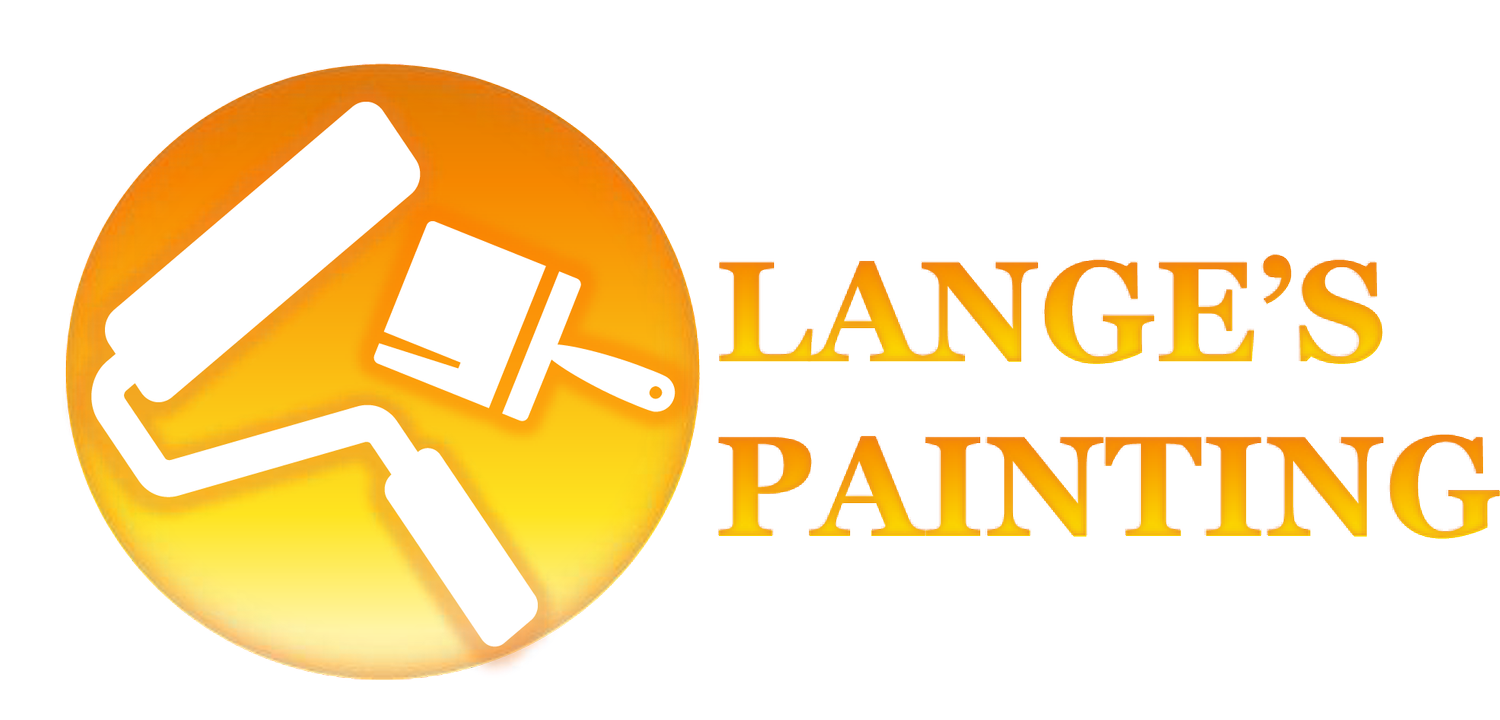Seasonal Painting Tips from Lange’s Painting: When and Why to Paint
Painting your home is more than just a cosmetic upgrade—it’s an investment in your property’s longevity and appeal. But did you know that the timing of your painting project can significantly impact the results? At Lange’s, we’ve seen firsthand how seasonal changes affect paint application, drying times, and finish quality. In this blog, we’ll answer your burning questions about the best times to paint and why timing matters.
What is the Best Month to Paint?
The best month to paint depends on your location and climate, but late spring to early fall is generally ideal. In Madison and similar regions, May through September offers the perfect balance of moderate temperatures and low humidity. These conditions allow paint to dry evenly and adhere appropriately to surfaces.
Late spring and early fall are particularly significant because they avoid the extreme heat of summer and the unpredictable weather of winter. If planning an exterior paint job, aim for these months to ensure the best results.
What Season Should You Paint?
The best season for painting is spring or fall. Here’s why:
Spring: As temperatures rise and humidity levels stabilize, spring provides an excellent interior and exterior painting environment. It’s also a great time to refresh your home after the harsh winter months.
Fall: With cooler temperatures and lower humidity, fall is another prime season for painting. It’s an ideal time to prepare your home for winter, especially for exterior projects.
Summer can work, but extreme heat can cause paint to dry too quickly, leading to cracks or uneven finishes. Winter, on the other hand, is generally not recommended due to cold temperatures and high humidity.
Is It Better to Paint a Room in the Winter or Summer?
Regarding interior painting, winter can be a better option than summer, depending on your climate. Here’s why:
Winter: Indoor painting during winter is often more manageable because you can control the environment with heating and ventilation. Just ensure the room is well-ventilated and the temperature stays above 50°F (10°C) for optimal paint application.
Summer: While summer is great for exterior painting, indoor projects can be challenging due to high humidity, which can slow drying times and affect the finish.
If you’re tackling an interior project, winter might be your best bet—just be aware of the indoor climate.
When Shouldn’t You Paint?
There are certain conditions when painting should be avoided:
Extreme Temperatures: Avoid painting when temperatures are below 50°F (10°C) or above 90°F (32°C). Cold weather can prevent paint from adhering properly, while extreme heat can cause it to dry too quickly.
High Humidity: Humidity levels above 70% can prolong drying times and lead to issues like blistering or peeling.
Rainy or Windy Weather: Avoid painting during rain or strong winds for exterior projects, as these can ruin the finish and make application difficult.
Peak Pollen Season: High pollen levels can stick to wet paint in spring, creating a bumpy texture.
Get Your Quote Today
Timing is everything when it comes to painting your home. By choosing the right season and month, you can ensure a flawless finish lasting years. Whether you’re refreshing your interior or giving your exterior a facelift, Lange’s is here to help you navigate the best times to paint. Ready to get started? Contact us today for a consultation!

